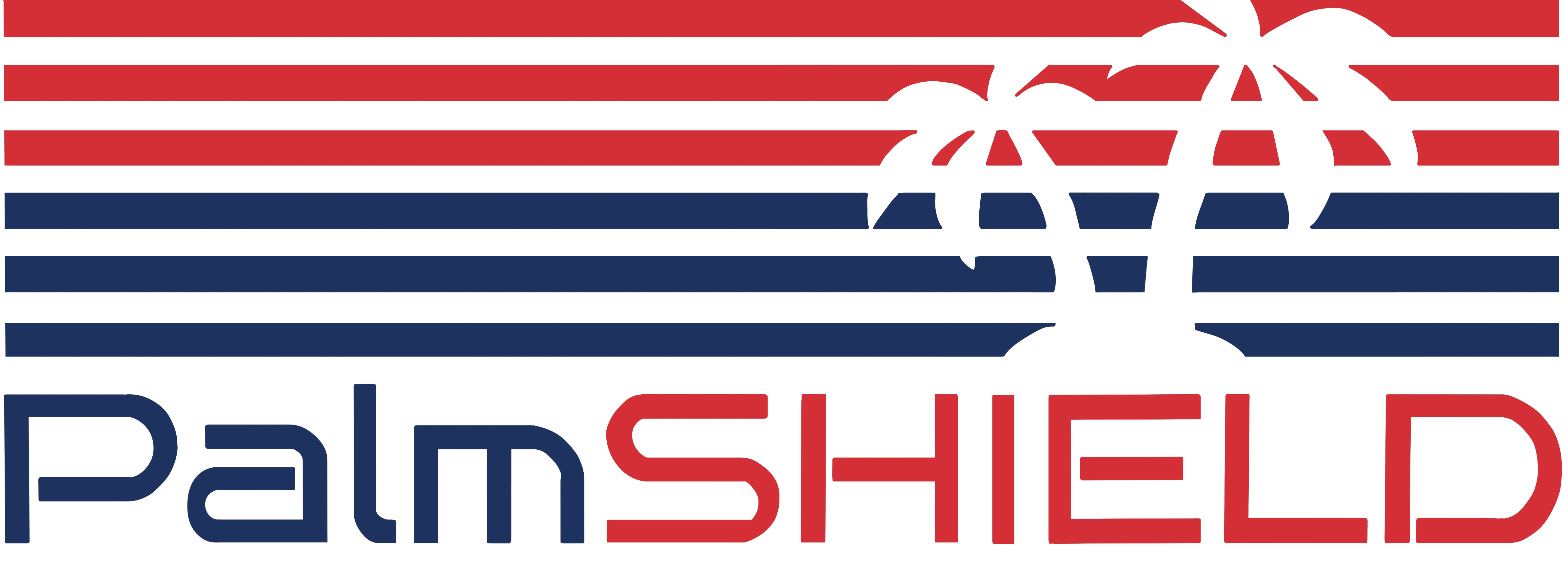Engineering & Anchoring PalmSHIELD. Anchors away!
PalmSHIELD has been engineered to meet the category one 90 mph wind load requirement for an architectural louvered screen system. Though we do not provide generalized engineered stamped drawings; we do review our engineering to assure that our design will meet designed load requirements relative to the overall design and selection of materials.
Ultimately, it is up to you, the customer, to select the type of anchoring system for anchoring our PalmSHIELD plated post design to your structure. Though we have worked with engineers across the United States to attach our PalmSHIELD product to structural steel and adjoining structures for rooftop installations; the majority of our installations are mounted to the top of concrete surfaces.
PalmSHIELD uses a very wide ¾” base plate design that is gusseted to the posts and welded in accordance with AWS D1.2 requirements and related certification. This large plate design is intentional to allow the customer to use a wide variety of anchoring options. The use of this large plate spaces the anchor holes more than 7 inches apart. By spacing the anchors this distance, it prevents overlapping of the tension placed on the concrete by each anchor.
When installed, concrete anchors place tension against the adjoining concrete under a load. The tension begins to dimension the farther away you get from the center of the anchor. Assuming you have adequate concrete of at least 4000 psi, the load can be predicted by the anchor manufacture relative to the area of concrete impacted by this tension. If concrete anchors are installed too close to one another, this loading is overlapped and increased exponentially thus potentially causing the concrete to fail or sprawl. Consideration should also be given to how far the anchor is installed relative to the edge of the concrete. If there is not enough concrete from the center of the anchor to the edge of the concrete to absorb the tension of the anchor under a load, the concrete may fail.
PalmSHIELD is not recommending any anchor, anchor spacing, depth or edge spacing. We are simply offering some solid advise to our customers that these are important considerations that should be properly engineered. If notified at time of quote request and provided with the site specific engineering requirements, PalmSHIELD can provide you with engineering that will determine your specific anchoring requirements during the submittal process. On a site specific basis, PalmSHIELD can offer jurisdiction specific engineering working with engineers who are certified in that jurisdiction. As our PalmSHIELD product has been stamped for approval in multiple installations, we work seamlessly with engineers to meet your requirements.
